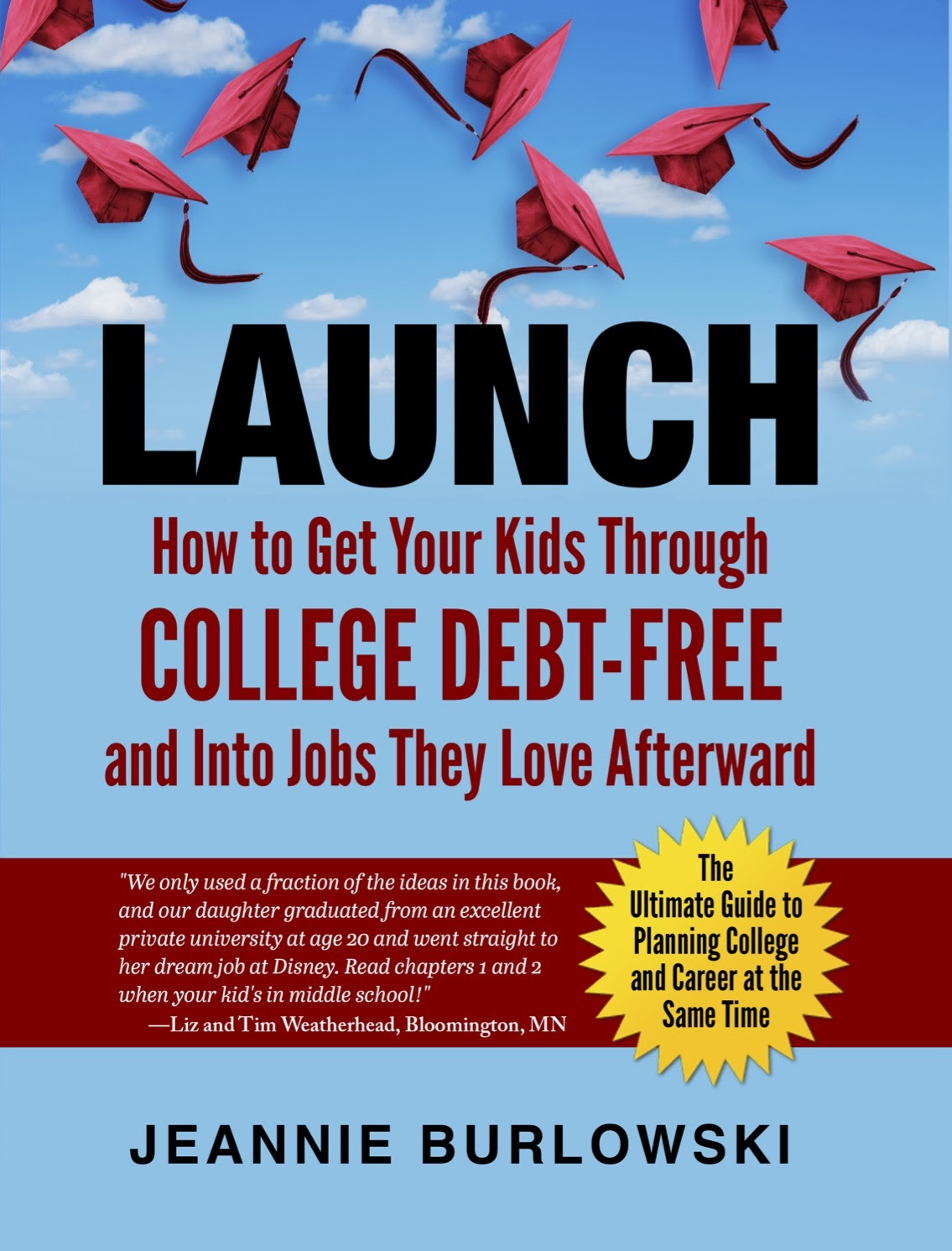Note: This article isn’t just about financial aid. If you’re currently trapped in a physically, mentally, emotionally, or sexually abusive domestic situation, there’s specific help for you in this article.
In just a matter of days, Valentine’s Day will be over for another year. Tissue paper from wrapped gifts will litter the bedroom floor, chocolates will have been devoured, and pink and red greeting cards will have been set up in display mode on the kitchen counter.
And then, in the days and weeks after Valentine’s Day—romance will pull on work boots and get back into the trenches.
If you’re married, you probably understand well that though Valentine’s Day is nice, real romance is actually lived out every day, 365 days a year, in the normal course of everyday, up-and-down, regular life.
Today, moms and dads, I’m going to talk about that regular old “365-day-a-year romance” you have with your spouse, and what that has to do with your kid getting financial aid for college.
Here’s the special message I have for you for today, parents: Your marriage matters when it comes to your kid eventually getting financial aid for college.
“Seriously? How does my marriage affect how much money my kid gets in financial aid for college?”
Because of idiosyncrasies with the CSS/Profile financial aid form, if you at some point decide to divorce your child’s other parent and marry someone else, your child will be disadvantaged in the financial aid process at the most competitive colleges in the country.
“Disadvantaged? How so?”
Your child will be disadvantaged because the CSS/Profile financial aid calculations consider the income of stepparents, as well as parents, when calculating how much a family can “probably afford to pay for college.”
(This is true whether or not the stepparents involved are willing to help pay for college.)
When the income of three or four adults is figured into the calculations that determine your child’s financial need, your family may end up looking wealthier and less in need of financial aid than it really is.
(If you’re curious, you can see a list of the 250+ colleges and universities that look at the CSS/Profile financial aid form here.)
“We’re already divorced and remarried. What financial aid strategy should we consider?”
If divorce and remarriage are already a part of your family story, you might consider having your child apply mainly to colleges that look only at the FAFSA financial aid form. (Thousands of excellent quality public and private colleges and universities fall into this category.)
Why? Because when divorce is a part of the family story, the FAFSA form will look only at the assets of the household that provided the most financial support to the student. The divorced parent and new spouse who didn’t provide as much support for the child aren’t considered at all.
The stepparent married to the parent who provided the most support for the student, though? That stepparent’s income will be counted, no matter which financial aid form you fill out.
If you want more financial aid for college, here’s the big takeaway.
Where possible, parents, pull on work boots and do the hard work of romance 365 days a year. Make keeping the spark of romance alive in your marriage a daily priority. It will make a difference in your kids’ lives in more ways than one.
If you think you might be in an abusive domestic situation, please contact the National Domestic Violence Hotline for immediate, free, confidential help. For ongoing support when it comes to separating yourself from destructive relationships, consider Dr. Henry Cloud’s great book or his highly recommended Boundaries Plus membership.
If your otherwise healthy marriage is slowly losing its spark, consider reading this fascinating New York Times article entitled “To Fall In Love With Anyone, Do This.” It’s based on the work of psychologist Arthur Aron, who succeeded in making two strangers fall in love in his laboratory by having them answer 36 increasingly personal questions.
If it worked in Dr. Aron’s lab, it just might work at your house.
I’m Jeannie Burlowski, the author of this book:
Important—> It’s a reference book, so nobody reads the whole thing cover to cover. Pick out what you need to read in it using the fast-paced, 10-minute video instructions here.
You can see hundreds of reviews of this book on Amazon by going to:
Read just one chapter of LAUNCH every 1–3 months while your child’s in middle school and high school, and you’ll know every viable strategy for debt-free college at exactly the right time to implement it.
And if your child’s already well past middle school? That’s OK; you can run to catch up. But the process of getting your kids through college debt-free goes more smoothly the earlier you start—especially if you’re not planning to save up any money to pay for college.
Let's you and I walk together toward the goal of debt-free college for your kids.
We can accomplish this no matter your current income level—even if your kids never get a single scholarship.
Your first step is getting regularly scheduled, free helpful articles from me—right in your email inbox. Quick, sign up here.
Do you have very specific questions for me about debt-free college and career for your kids?
My TRIBE Members get the most direct access to me—while feeling good that the pennies per day they spend on the TRIBE help me bring debt-free college strategy to families who could never afford to pay for it. Join my TRIBE Membership waiting list here.
Who is Jeannie Burlowski?
Jeannie is a full-time academic strategist, podcast host, and sought-after speaker for students ages 12–26, their parents, and the professionals who serve them. Her writing, speaking, and podcasting help parents set their kids up to graduate college debt-free, ready to jump directly into careers they excel at and love. Her work has been featured in publications such as The Huffington Post, USA Today, Parents Magazine, and US News & World Report, as well as on CBS News.
Jeannie also helps students apply to law, medical, business, and grad school at her website GetIntoMedSchool.com. You can follow her on Bluesky @jburlowski.bsky.social.
No part of this article was written using AI.
This article was updated on January 16th, 2025.



